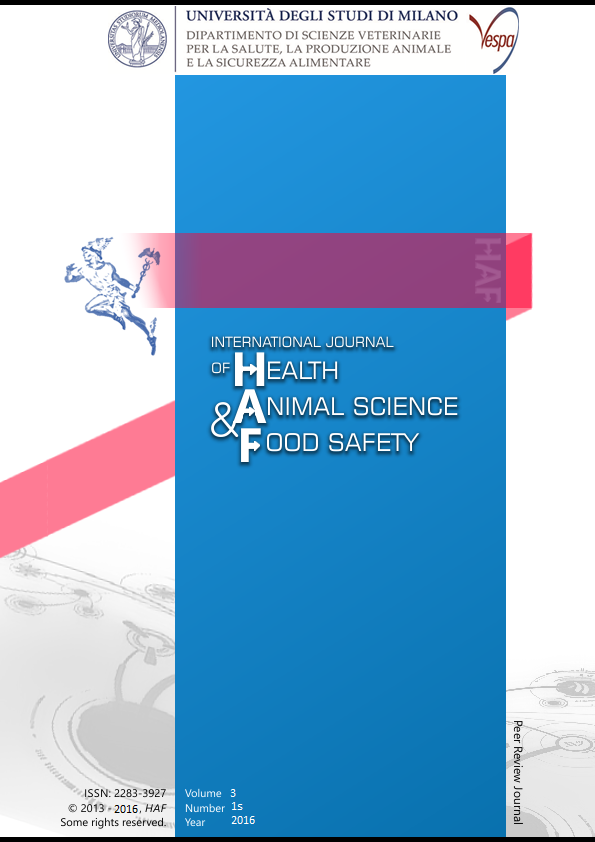Abstract
Pharmacokinetics behaviour of the antibacterial in food producing animals, provides information on the rates of absorption and elimination, half-life in plasma and tissue, elimination pathways and metabolism. The dose and the dosing interval of the antimicrobial can be justified by considering the pharmacokinetic/pharmacodynamic (PK/PD) relationship, if established, as well as the severity of the disease, whereas the number of administrations should be in line with the nature of the disease. The target population for therapy should be well defined and possible to identify under field conditions. Based on in vitro susceptibility data, and target animal PK data, an analysis for the PK/PD relationship may be used to support dose regimen selection and interpretation criteria for a clinical breakpoint. Therefore, for all antibacterials with systemic activity, the MIC data collected should be compared with the concentration of the compound at the relevant biophase following administration at the assumed therapeutic dose as recorded in the pharmacokinetic studies. Currently, the most frequently used parameters to express the PK/PD relationship are Cmax/MIC (maximum serum concentration/MIC), %T > MIC (fraction of time in which concentration exceeds MIC) and AUC/MIC (area under the inhibitory concentration– time curve/MIC). Furthermore, the pharmacokinetic parameters provide the first indication of the potential for persistent residues and the tissues in which they may occur. The information on residue depletion in food-producing animals, provides the data on which MRL recommendations will be based. A critical factor in the antibacterial medication of all food-producing animals is the mandatory withdrawal period, defined as the time during which drug must not be administered prior to the slaughter of the animal for consumption. The withdrawal period is an integral part of the regulatory authorities’ approval process and is designed to ensure that no significant drug residue is present in the animal at slaughter. Drug residues in food-producing animals should comply with the MRL values for their target tissues in the animal species.
This work is licensed under a CC BY-SA 4.0 international

